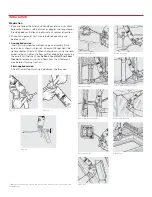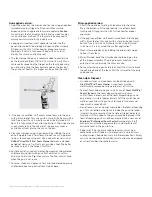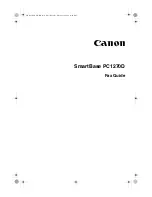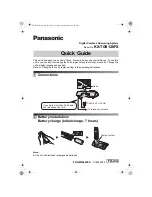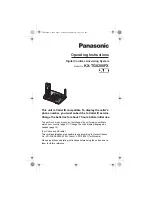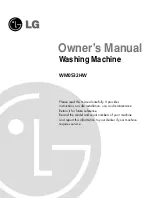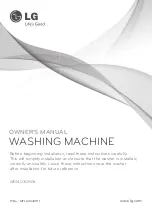
4. If the gap is overfilled, stuff excess cured foam into the gap
with a blunt tool or trim away with a sharp knife. Foam will be
tack-free in less than 20 minutes and can be trimmed in 1/2
hour. It is fully cured 1 hour after application.*
Tip:
Using grease
or petroleum jelly in the adapter of the gun may reduce
possibility of foam gluing the can on the gun.
5. Clean foam dispensing gun periodically by rubbing the end
on soft wood to free it from foam. Do not use a sharp object
to clean foam dispensing gun. Use a solvent cleaner such as
DuPont
™
Great Stuff Pro
™
Foam Cleaner
between extended
periods of non-use. Tip: Treat your gun like a tool. The better
you take care of it, the longer it will last.
6. To store partially used can, tighten flow control screw closed
and store can upright with gun attached. Use can within
30 days of initial use.
Tip:
Always close the flow control knob
when the gun is not in use.
7. To reuse, shake can vigorously for 1 minute before dispensing
and follow dispensing instructions stated above.
Gun-applied version:
1. Adjust flow control screw on back of gun to an open position.
Immediately press trigger to fill gun with foam while
dispensing into an appropriate waste receptacle.
Caution:
Do not inject the foam sealant into blind six-sided cavities,
such as window mullions. The foam must be exposed to
atmospheric moisture to thoroughly cure.
2. Keeping can inverted, insert applicator nozzle into the
penetration to be filled and begin dispensing foam slowly.
Fill gap less than 1/3 full to allow for proper expansion.
Tip:
Apply foam in a continuous bead, with no voids or
breaks, to achieve an effective seal.
3. The foam dispensing gun is recommended to control size
of the foam bead (from 1/8” to 3” [3 mm to 75 mm]). This is
achieved by squeezing the trigger on the foam dispensing
gun or by adjusting the flow control knob on the back of
the gun to set how far the trigger can be pulled (Figure 5).
*Dependent upon temperature, relative humidity and size of foam bead
Straw-applied version:
1. Attach the nozzle by twisting it clockwise into the valve.
Press the button until the appropriate size of foam bead
is achieved. Fill gap less than 1/3 full to allow for proper
expansion.
2. If the gap is overfilled, stuff excess cured foam into the gap
with a blunt tool or trim away with a sharp knife. Foam will
be tack-free in less than 20 minutes and can be trimmed
in 1/2 hour. It is fully cured 1 hour after application.**
3. Clean straw periodically by rubbing the end on soft wood
to free it from foam.
4. When finished, bend the straw back onto the plug on top
of the trigger assembly. The plug prevents moisture from
entering and curing inside the straw or valve.
5. To use after storage, gently rotate or twist the straw to break
the adhesive bond of the foam. Pull the straw off of the plug
and dispense.
Clean Up & Disposal
• On solid surfaces, uncured foam can be dissolved with
Great Stuff Pro
™
Foam Cleaner
. Cured foam must be
mechanically removed or allowed to wear off in time.
• To clean foam dispensing gun, install a can of
Great Stuff Pro
™
Foam Cleaner
to the foam dispensing gun and spray
until all foam is blown out of the foam dispensing gun and
only cleaner is visible (approximately half the can of cleaner
will be used). Allow the gun to sit for several minutes and
repeat with a second flush.
• Do not leave a can of cleaner mounted on the foam dispensing
gun. This will dissolve the lip seals inside the gun and render
it useless. Foam escaping at the handle or trigger indicates a
faulty seal. If this happens, the gun should be replaced. If the
foam dispensing gun has not been cleaned, add a new can of
Enerfoam
™
Professional Foam Sealant
immediately. If left
without a can attached, exposure to air and moisture will
cause the foam in the gun to cure.
• Disposal of full or partially used aerosol cans must be in
compliance with all federal, state/provincial and local laws
and regulations. Regulations vary in different locations. Empty
cans are not considered hazardous waste and may be disposed
of as nonhazardous household waste.


